The 2N2222 can dissipate a maximum power of 0.5 watts so your biggest problem is that when the motor is stalled, the transistor is going to be dissipating over 2 watts of power and will rapidly expire.
So, choose a more powerful device for T1 and you will find that the resistor you ask about can be in the range of a few hundred ohms to maybe a kohm.
New section about R1
If you study the NPN BJT as an "emitter follower" (common collector) you will discover that the voltage on the base will be about 0.7 volts above the voltage on the emitter. It can't be much more (maybe a volt max) because there is a forward biased diode between base and emitter. It can't be much less else the transistor isn't being turned on very much so, generally speaking the goldilocks number is 0.7 volts. OK so far...
Now if your supply voltage is 24 volts and you need to provide (say) 23.3 volts at the emitter for the "load", the base has to be at (or about) 24 volts. But herein lies the problem because, to control the base voltage with the 2nd transistor (in order to control current), you need a resistor between 24 volts and base. This creates an extra volt drop because of the base current needed to switch on the BJT. OK so far?
The load is about 120 mA and operating the BJT close to saturation might mean a gain as low as 20 hence, the base current needed is 6 mA. But, T2 doesn't want to control T1 with a small value of R1 because it might have to become a power transistor like T1 so, it's a compromise. R1 is chosen to drop maybe a volt at 6 mA which yields a value of 167 ohms.
The down side of this is that now, the emitter can only be raised as high as 22.3 volts on a 24 volt supply but, if you can live with that then all is good.
MOSFETs have other problems that can make life hard reaching a source voltage as high as the emitter voltage of a BJT but, things are made easier in the gate draws no appreciable static current hence R1 can be 10 kohm. Making it too high can cause problems in that the current limiting takes an appreciable time to kick-in.
It's a simple circuit but full ov subtle surprises.
